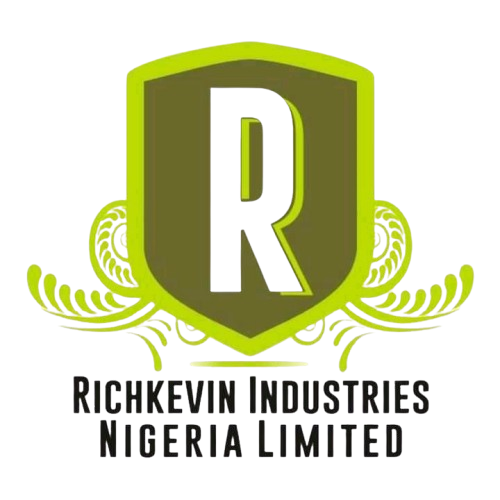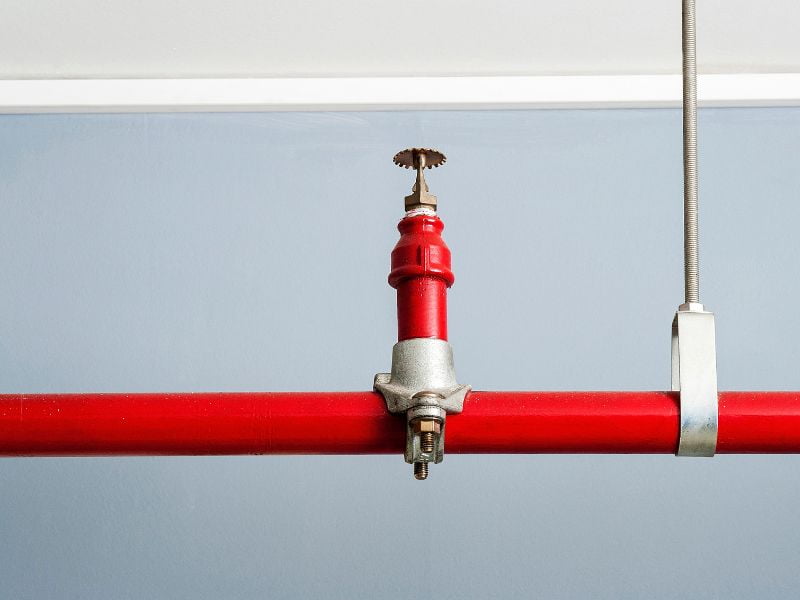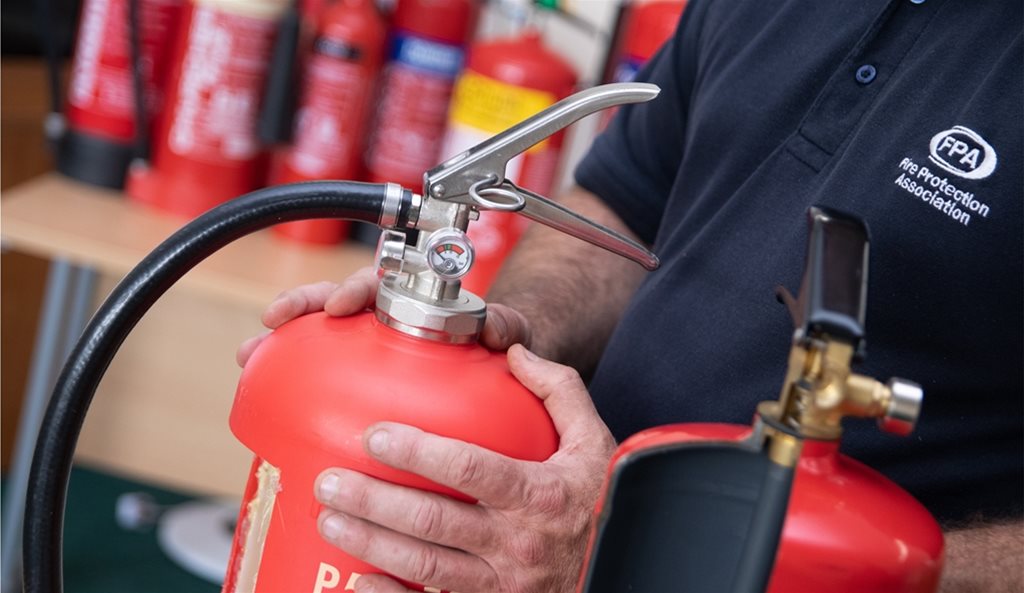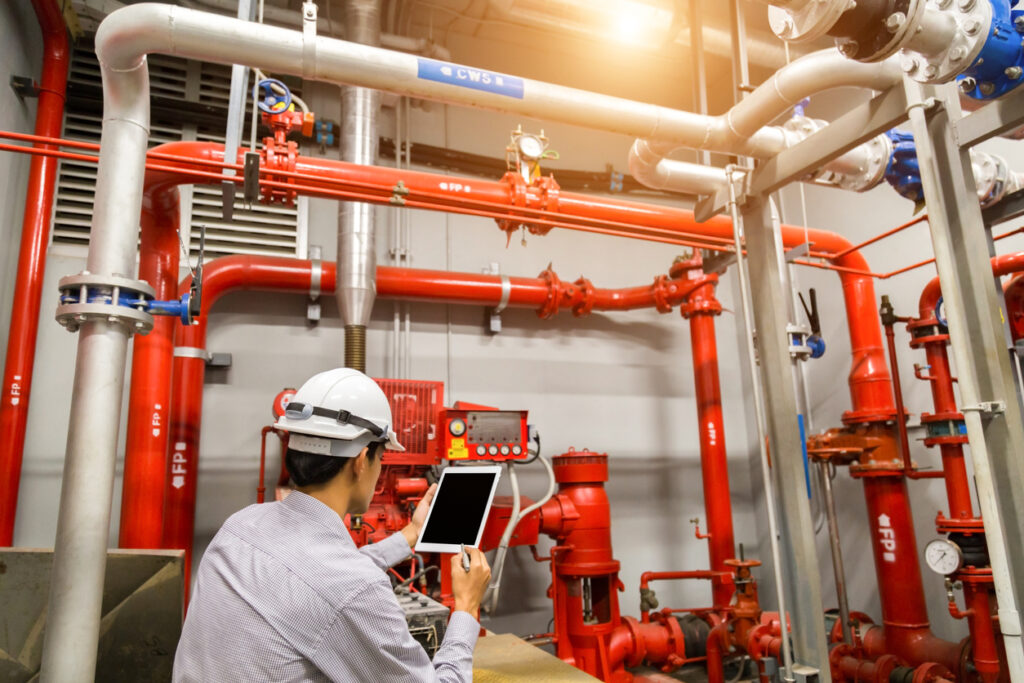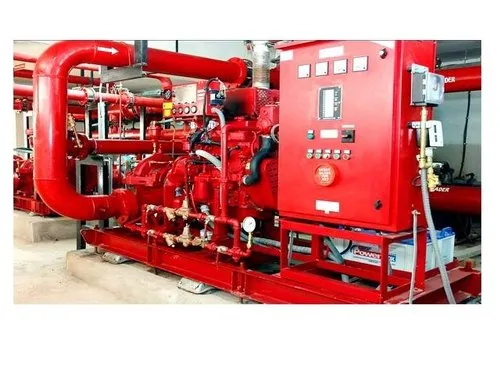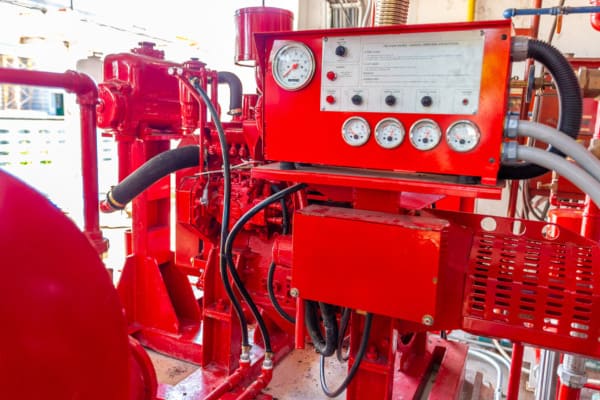Fire Sprinkler: Fire safety is a critical concern for any building, whether residential, commercial, or industrial. One of the most effective methods of fire protection is the installation of fire sprinkler systems. These systems not only help in controlling fires but can also save lives and minimize property damage. In this blog post, we will explore three types of fire sprinkler systems, their distinct characteristics, and the applications where they are most effective.
Understanding Fire Sprinkler Systems
Before diving into the specific types of fire sprinkler systems, it’s essential to understand what they are and how they work. Fire sprinkler systems are designed to automatically detect and suppress fires. They consist of a network of pipes filled with water, which is released through sprinkler heads when a fire is detected. The activation of the system is triggered by heat, typically from flames.
Benefits of Fire Sprinkler Systems
- Life Safety: They provide immediate response to a fire, reducing the risk to occupants.
- Property Protection: Sprinklers can minimize damage to buildings and contents.
- Insurance Savings: Many insurance companies offer discounts for buildings equipped with sprinkler systems.
- Reduced Firefighting Costs: They can significantly decrease the resources needed when firefighters arrive.
1. Wet Pipe Sprinkler Systems
Overview
Wet pipe sprinkler systems are the most common type of fire sprinkler system. They are filled with water at all times, meaning that when a sprinkler head is activated by heat, water is immediately discharged.
How They Work
When a fire occurs, the heat causes the glass bulb or fusible link in the sprinkler head to break or melt, releasing water from the pipes directly above the fire. This quick response helps to control or extinguish the flames before they spread.
Applications
Wet pipe systems are primarily used in environments where the temperature is consistently above freezing.
Here are some common applications:
- Residential Buildings: Homes and apartment complexes benefit from wet pipe systems due to their reliability and rapid response.
- Commercial Buildings: Offices, retail spaces, and warehouses utilize these systems for effective fire protection.
- Educational Institutions: Schools and universities often install wet pipe systems to ensure the safety of students and faculty.
Advantages
- Simplicity: They are straightforward to install and maintain.
- Immediate Response: Quick activation reduces the extent of fire damage.
- Cost-Effective: Generally less expensive than other systems due to lower installation and maintenance costs.
Disadvantages
- Temperature Limitations: Not suitable for unheated areas where temperatures may drop below freezing.
- Water Damage Risk: In the event of a false alarm, water can cause significant property damage.
2. Dry Pipe Sprinkler Systems
Overview
Dry pipe sprinkler systems are used in environments where the risk of freezing is high. Unlike wet pipe systems, the pipes are filled with pressurized air or nitrogen, and water is held back by a valve.
How They Work
When a fire is detected and a sprinkler head is activated, the pressurized air escapes, allowing the dry pipe valve to open and water to flow into the pipes and out of the sprinkler heads.
Applications
Dry pipe systems are ideal for buildings that are not heated or have areas that may be subject to freezing temperatures. Here are some applications:
- Cold Storage Facilities: Warehouses that store perishable goods require dry pipe systems to prevent freezing.
- Parking Garages: These areas can be susceptible to freezing temperatures, making dry pipe systems a preferred choice.
- Unheated Warehouses: Any facility that is not climate-controlled may benefit from this type of system.
Advantages
- Prevents Freezing: Ideal for cold environments, helping to avoid pipe bursts due to freezing.
- Flexibility: Can be used in various building types where wet systems are not suitable.
Disadvantages
- Delayed Response: There is a slight delay in water discharge compared to wet systems, which may allow a fire to grow.
- Increased Maintenance: Dry pipe systems can require more maintenance to ensure the air pressure is adequate.
3. Deluge Sprinkler Systems
Overview
Deluge sprinkler systems are designed for high-hazard environments where rapid fire growth is expected. Unlike wet and dry pipe systems, deluge systems have open sprinkler heads and are connected to a water supply.
How They Work
In a deluge system, all sprinkler heads are activated simultaneously when the system is triggered, releasing a large volume of water over the affected area. This is ideal for quickly controlling large fires.
Applications
- Industrial Facilities: Factories that deal with flammable materials often require deluge systems for enhanced protection.
- Aircraft Hangars: These structures need rapid and extensive fire suppression due to the presence of fuel and flammable materials.
- Power Plants: Facilities that generate electricity, especially those that use combustible materials, often utilize deluge systems.
Advantages
- Rapid Fire Control: The system can suppress large fires quickly by delivering a substantial amount of water.
- Wide Coverage: Effective in protecting large areas and high-risk environments.
Disadvantages
- Water Damage: The simultaneous activation of all heads can lead to significant water damage.
- Higher Costs: Installation and maintenance costs are typically higher than for wet and dry systems.
Conclusion
Selecting the appropriate fire sprinkler system is crucial for ensuring the safety of your building and its occupants. Understanding the differences between wet pipe, dry pipe, and deluge systems can help you make an informed decision based on your specific needs and the environment in which your building operates.
